
Official website links end with .gov.sg
Government agencies communicate via .gov.sg websites (e.g. go.gov.sg/open). Trusted websites

Secure websites use HTTPS
Look for a lock (
-
- Find a park or park connector
-
- Arts or heritage appreciation
- Barbecuing
- Birdwatching
- Camping
- Cycling or inline skating
- Dining
- Fishing
- Fitness studios
- Fun with children
- Fun with your dog
- Hiking
- Kite flying
- Mountain biking
- Nature walks or tours
- Photography
- Skateboarding
- Sandcastle building
- Shopping
- Staycation
- Therapeutic gardens and therapeutic horticulture programmes
- Water sports
- Wellness
- Festivities and promotions
- Events

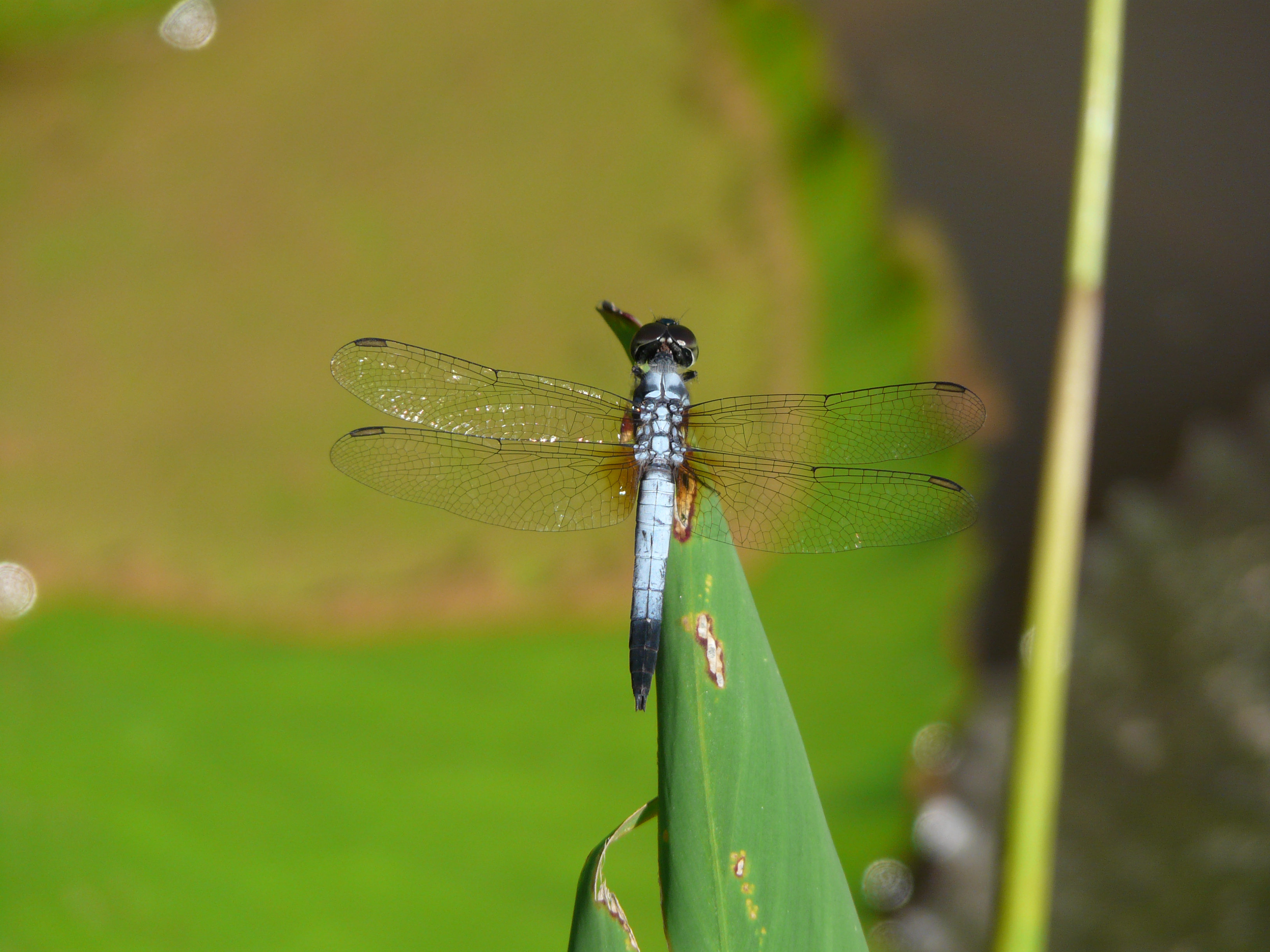 Photo credit: Robin Ngiam
Photo credit: Robin Ngiam
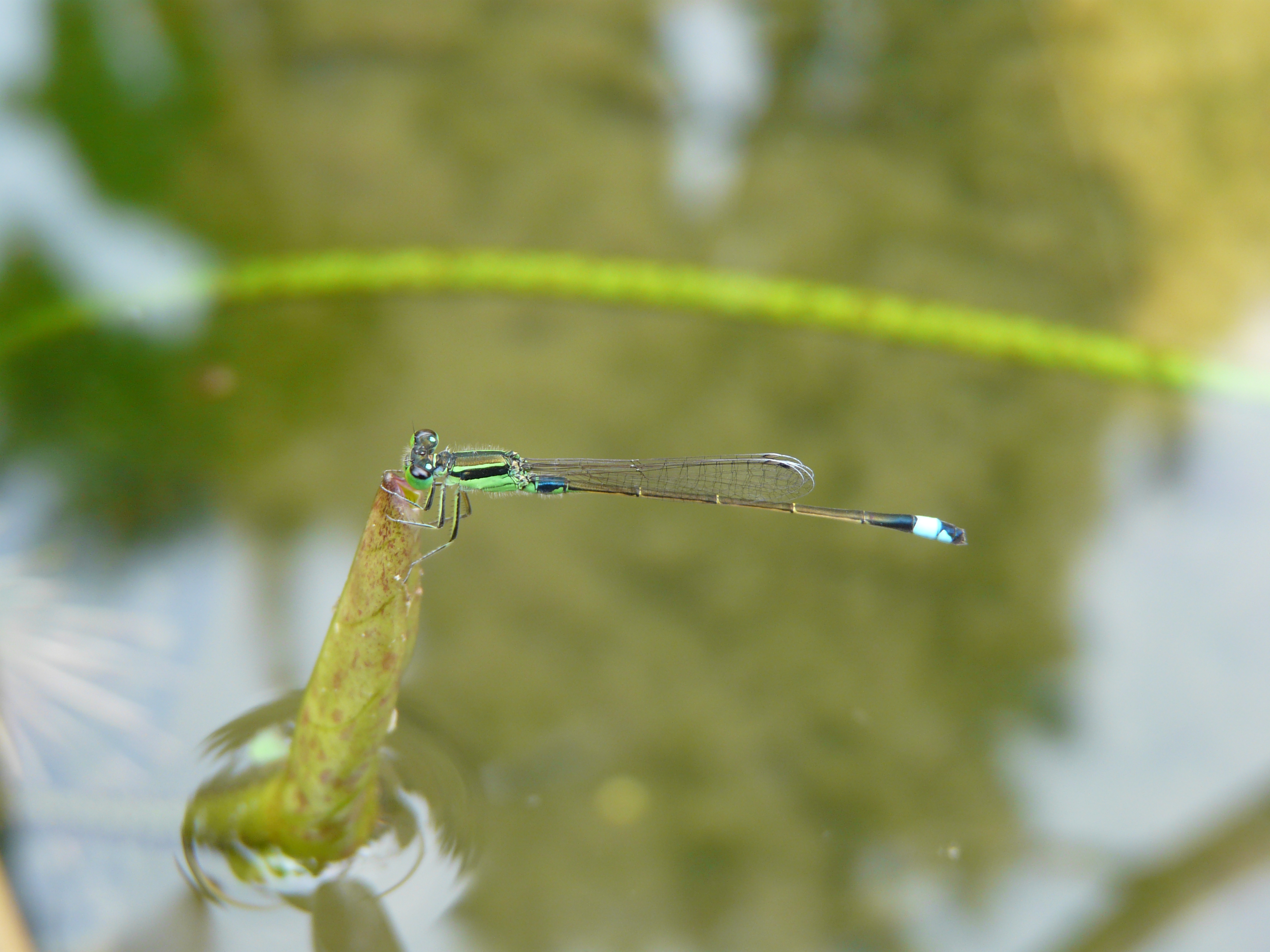 Photo credit: Robin Ngiam
Photo credit: Robin Ngiam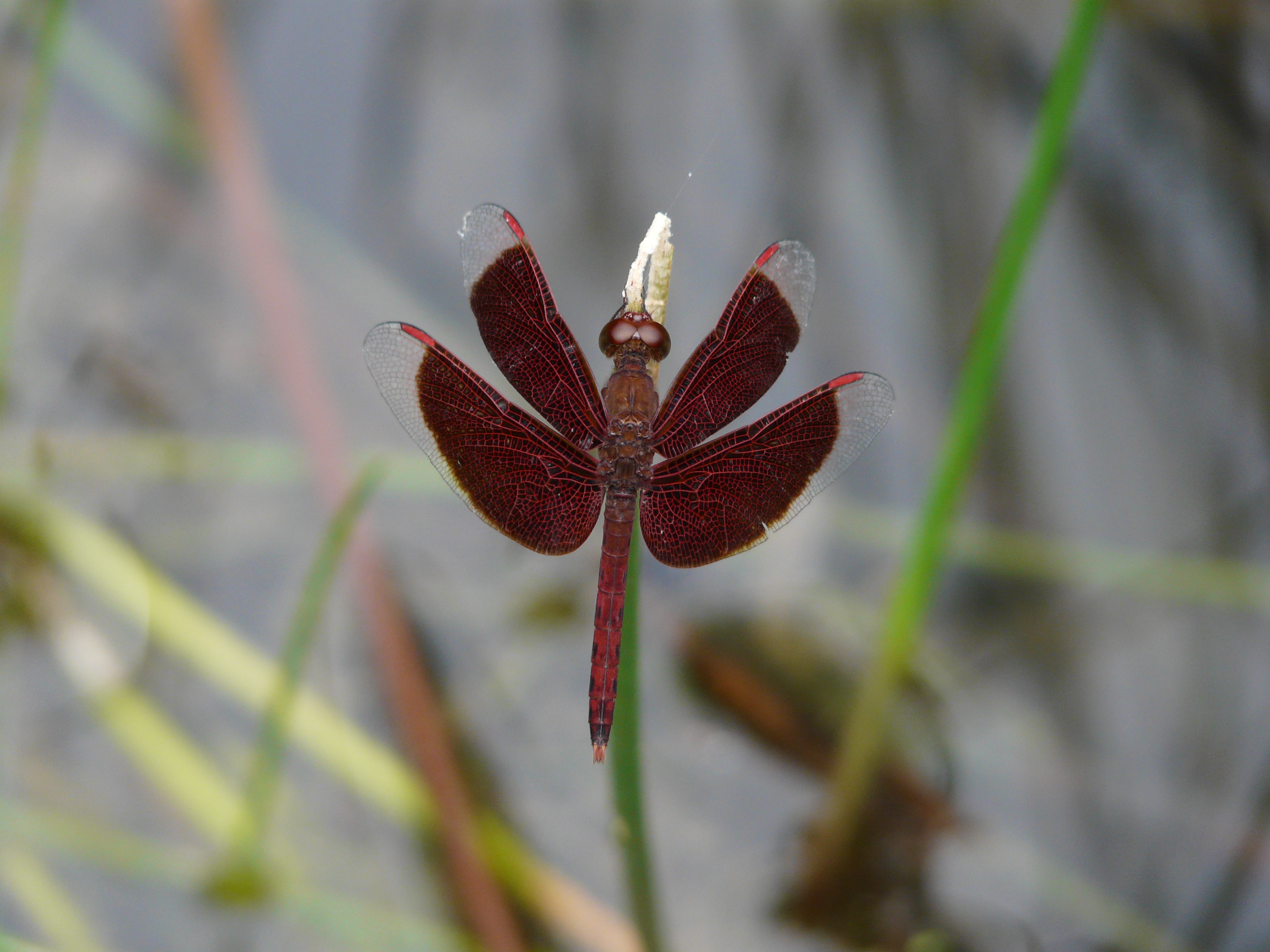 Photo credit: Goh Pei Shuan
Photo credit: Goh Pei Shuan
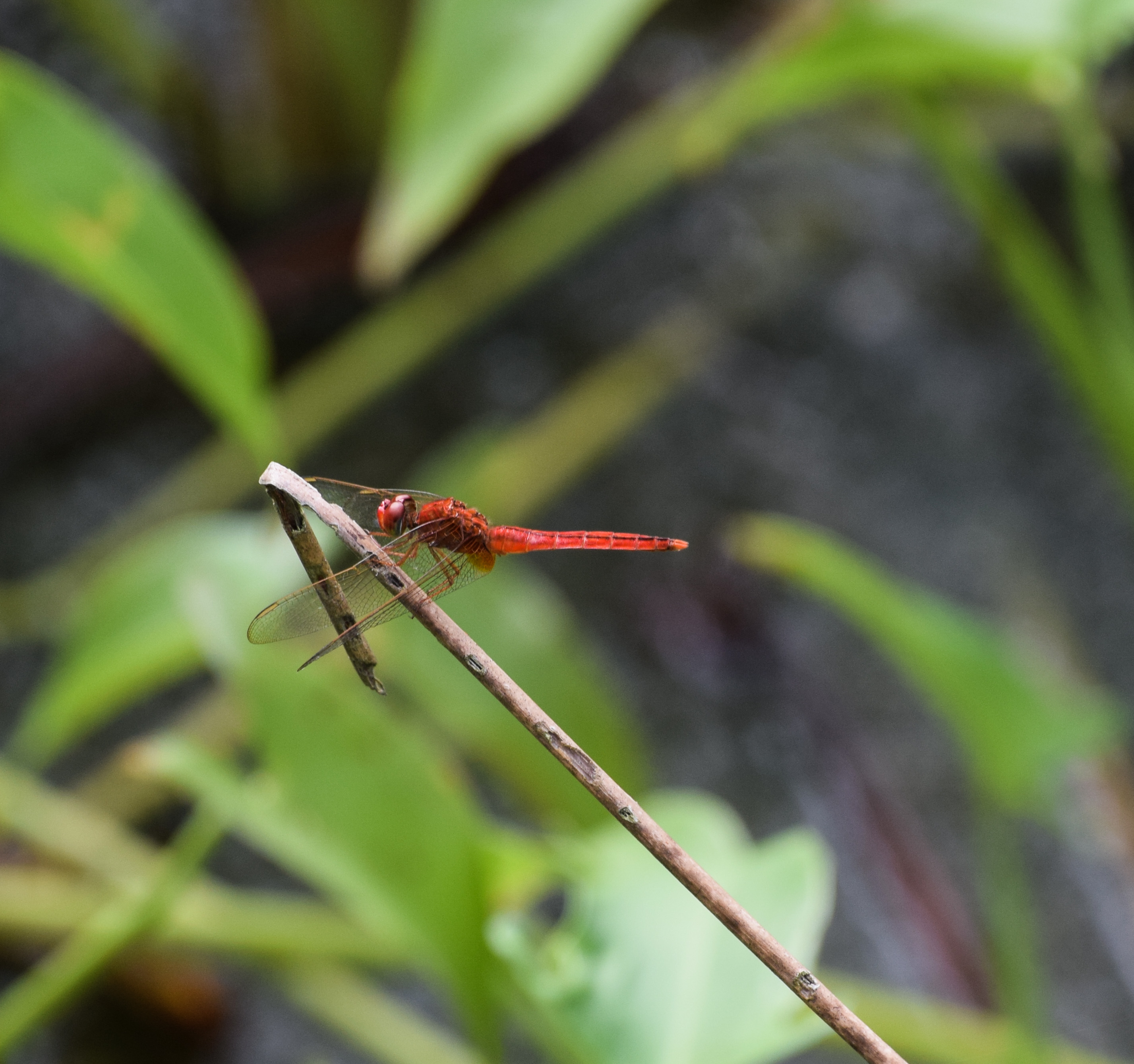 Photo credit: Goh Pei Shuan
Photo credit: Goh Pei Shuan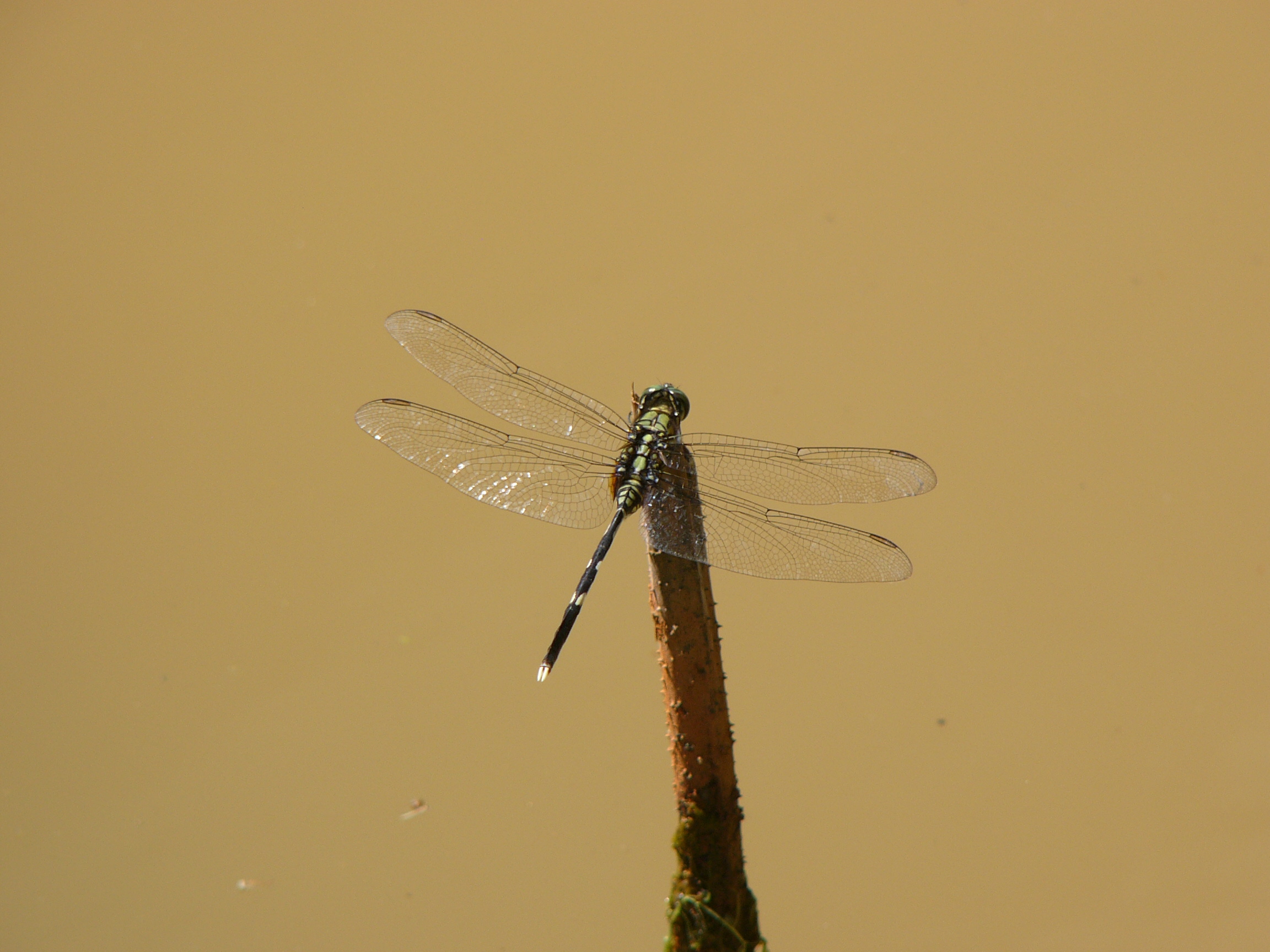 Photo credit: Robin Ngiam
Photo credit: Robin Ngiam

